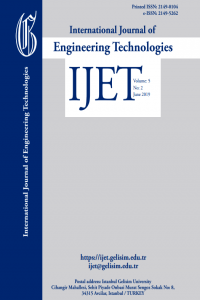Conceptual Guideway Structural Design for MAGLEV High-speed Ground Transportation System
Guideway, MAGLEV, structural design high-speed, transportation system,
___
- W.J. Hall and Can Balkaya, ‘Final Report on MAGLEV Guideway Design Review, Task-2 Long Term Performance and Seismic Assessment of Maglev Guideways’ USACERL, 1993.
- Bechtel Corporation et al, ‘Maglev System Concept Definitions’ Final Report to US Department of Transportation, Federal Railroad Administration, 1992. (Co-investigators: Hughes; GM Electro-Motive; Draper Laboratory; Massachusetts Institute of Technology).
- Magneplane International Inc., ‘System Concept Definition Report for the National Maglev Initiative’, 1992. (Co-investigators: Massachusetts Institute of Technology; United Engineers and Constructors; Raytheon Equipment Division; Failure Analysis Associates; Bromwell & Carrier; Beech Aircraft Corporation; Process Systems International).
- Grumman Aerospace Corporation, ‘System Concept Definition of a Superconducting Maglev Electromagnetic System’ Final Report, 1992. (Co-investigators: Parsons Brinckerhoff; Intermagnetic General Corporation; PSM Technologies; Honeywell; Battelle; Gibbs and Hill; NYSIS.
- Foster-Miller Inc., ‘Maglev System Concept Definition Report’ Final Report, 1992.
- Don Plotkin and Simon Kim, ‘Maglev Guideway Design Issues’ Journal of Transportation Engineering, May/June 1997, 189-191.
- ISSN: 2149-0104
- Başlangıç: 2015
- Yayıncı: İstanbul Gelişim Üniversitesi
Ikpe Aniekan E., Orhorhoro Ejiroghene Kelly, Gobir Abdulsamad
Chijioke OKECHUKWU, Olurotimi Akintunde DAHUNSİ, Peter Kayode OKE, İsiaka Oluwole OLADELE, Mohammed DAUDA
Olurotimi Akintunde DAHUNSİ, Olayinka Oladele AWOPETU, Tunde İsaac OGEDENGBE, Tiamiyu İshola MOHAMMED, Taiwo Micheal ADAMOLEKUN
